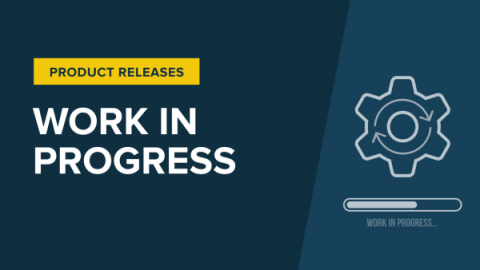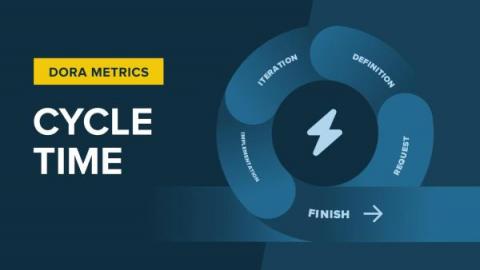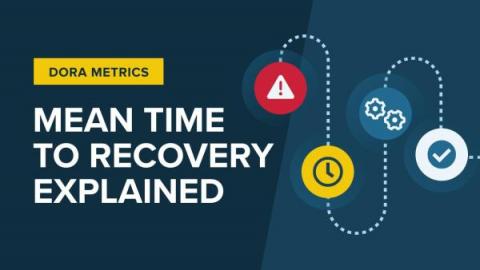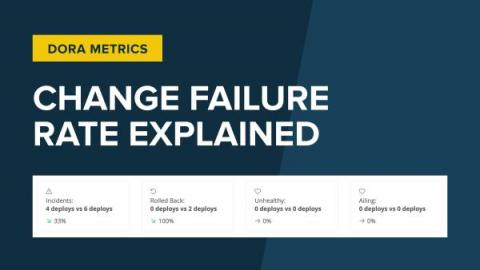Get in front of delivery risks by managing work in progress
Sleuth’s product team is pleased to announce an exciting new feature that provides early and actionable visibility into emerging work-in-progress risk! With this release, Sleuth provides customers even more actionable visibility into their engineering efficiency. It extends Sleuth's deploy-centric tracking capabilities upstream in the developer workflow to provide real-time visibility into in-flight work and its emerging risks. Here's how it works.











